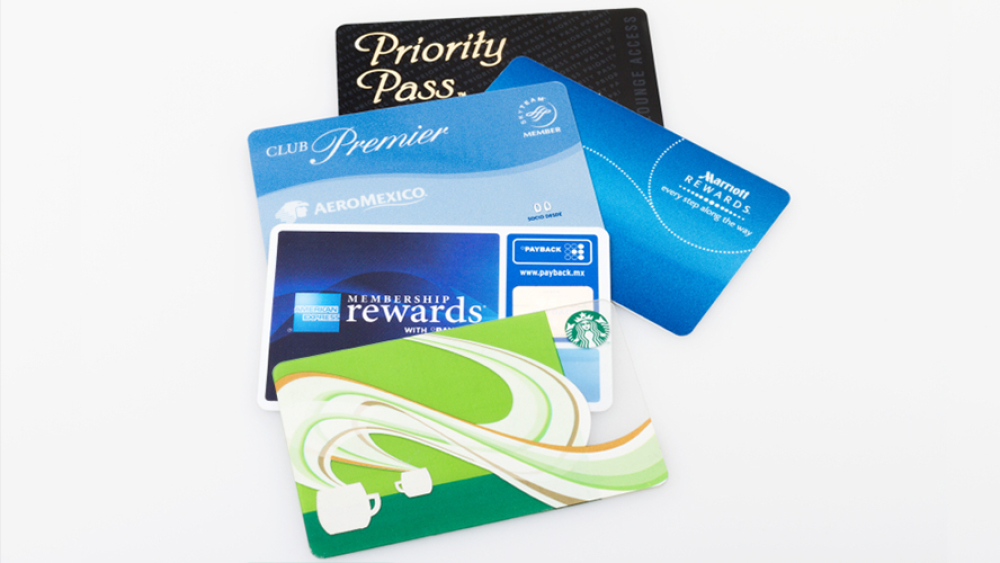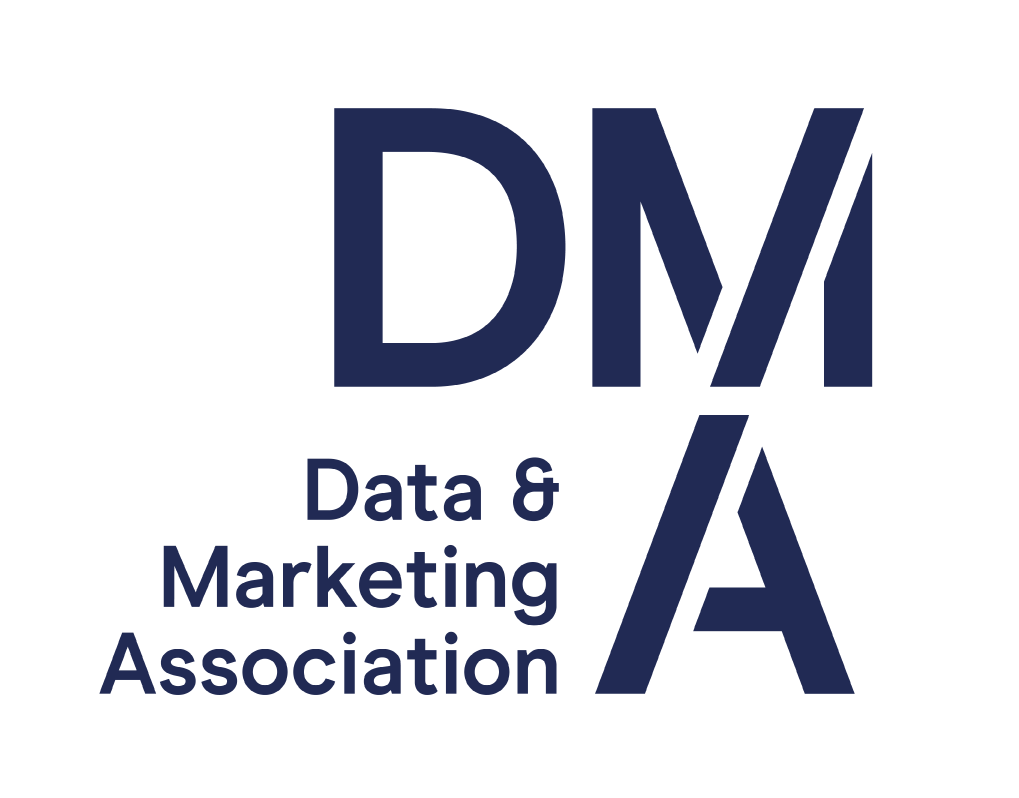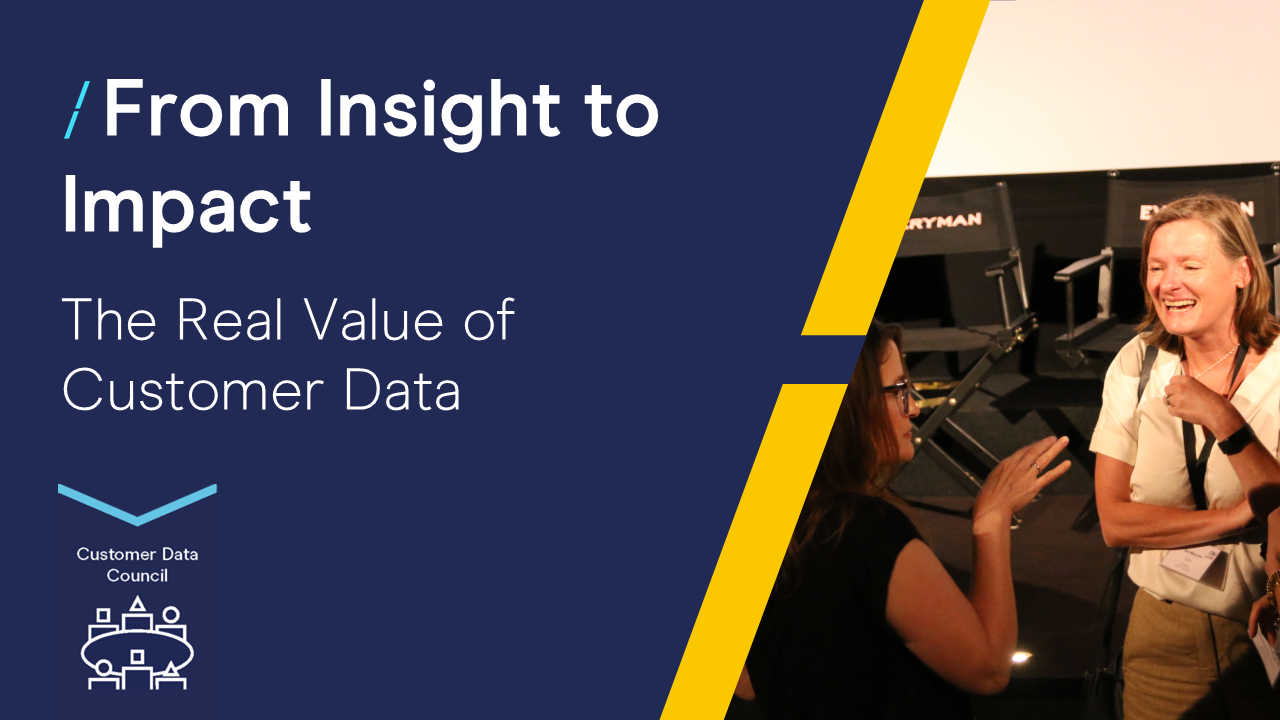From exclusivity to elitism: whatâs the deal with customer loyalty schemes?
27 May 2014

As a marketer, I know I take a more-than-healthy interest in the minutiae of the various loyalty schemes around. And I’m not ashamed to admit that the geek in me works out how to get the most out of a scheme, with the least input needed. But something interesting is happening in the world of loyalty cards and tiered reward schemes. There is dissent in the ranks.
We’re starting to see what happens when a loyalty scheme stops feeling ‘exclusive’ or brings in the ‘wrong’ type of people.
As a marketer I’ve loved seeing the evolution of the myWaitrose card since its launch in 2011. It’s been a great commercial success, despite not offering a huge amount in return for usage. What sets it apart from other loyalty schemes, is the offer of a free cup of tea or coffee each day.
As the word of this freebie spread, people started to realise they could get a free drink without needing to buy anything else. Over the last 6 months the coffee queues have got longer and the grumbles louder. You overhear comments like: “We didn’t used to get people like that in the store”, or “They’re only here for the free coffee you know”. It seems like ‘undesirables’ have infiltrated this unspoken Waitrose club.
I found an article on LinkedIn that describes a similar situation with US airlines. Delta Airlines are making the top tiers of their loyalty scheme more exclusive, after receiving complaints from their top customers. American and United are likely to follow suit, as well as Jet Blue, Southwest and Virgin America also making changes.
Just think about Delta airlines for a moment: They are focusing on the top 4% of customers who represent 25% of their revenue. To do that, they’re removing benefits from a significant number of ‘less valuable’ customers.
As marketers we need to be careful what we offer, as we all hate having something good taken away from us. We need to understand customer value and look beyond financial measures, defining how customer engagement will drive future growth. After all, one man’s trash is another man’s gold. Our quest as marketers is to find out what ‘gold’ means to our customers.
By DMA guest blogger Janine Woodcock, Commercial Partner, Indicia


1.png)


Please login to comment.
Comments